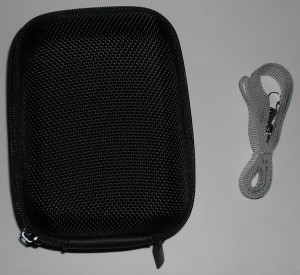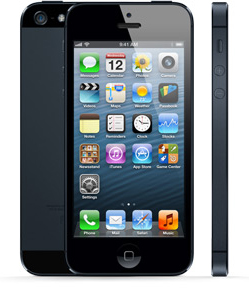It’s been about two weeks since I last posted an article, and to get back into the swing of things, I am going to do a review.
Camera Case Review
The beauty of today’s review, is that it is a case that is suitable for the majority of compact digital cameras. In my most recent case review, I looked at a case for the BlackBerry Curve 8900, which was a great case that I am still using, however it wasn’t a general case for use with all phones, which meant it was more of a niche market product. The camera case I am going to review today, can protect most modern, small and medium sized compact cameras.
Integral Compact Camera Case
 The case in question is an Integral Compact Camera Case, which (at the time of purchase) costs £16.99 GBP. You might be wincing at the price already, as you can pick up a reasonably good camera case for just a few pounds these days. So what makes this case special?
The case in question is an Integral Compact Camera Case, which (at the time of purchase) costs £16.99 GBP. You might be wincing at the price already, as you can pick up a reasonably good camera case for just a few pounds these days. So what makes this case special?
As you would expect, the case is secure. The case has a strong zip, with two metal pull tab sliders, so you can open and close the case with ease.
Inside the case, there is an additional storage pocked. I use it to store the batteries, although you can use it for anything really, a spare memory card, credit cards, whatever you like really.
The case feels very firm, yet the inside is softer to ensure that your camera doesn’t get damaged. I think the case would be better were it to have slightly more padding on the inside, as it is a multi-camera case, small cameras could potentially break easier, as the case is fairly roomy.
The case has a belt loop and a strap, so you can either wear it over your arm, attach it to your belt, or carry it in your pocket.
Additional Features
A fantastic additional add-in that comes with the case is a 16Gb SDHC memory card. Most compact digital cameras now support SDHC , and 16GB is a lot of photos! On one of its best settings, my camera can take around 4,000 photos, which is a lot! The memory card has a transfer speed of up to 20Mb per second, which is pretty fast, meaning that when taking photos, and downloading them to your PC, the memory card shouldn’t ever slow you down.
Overall I really like the case, it is simple and does the job of protecting my camera well. It is easy to carry around, and is reasonably sturdy, so that were I to drop it (not that I plan to) I think it should protect my device. 🙂
The camera case used in this review was provided by Love Cases, who have asked us to point you in the direction of their camera cases, so if you liked this review, you know where to get a case!



